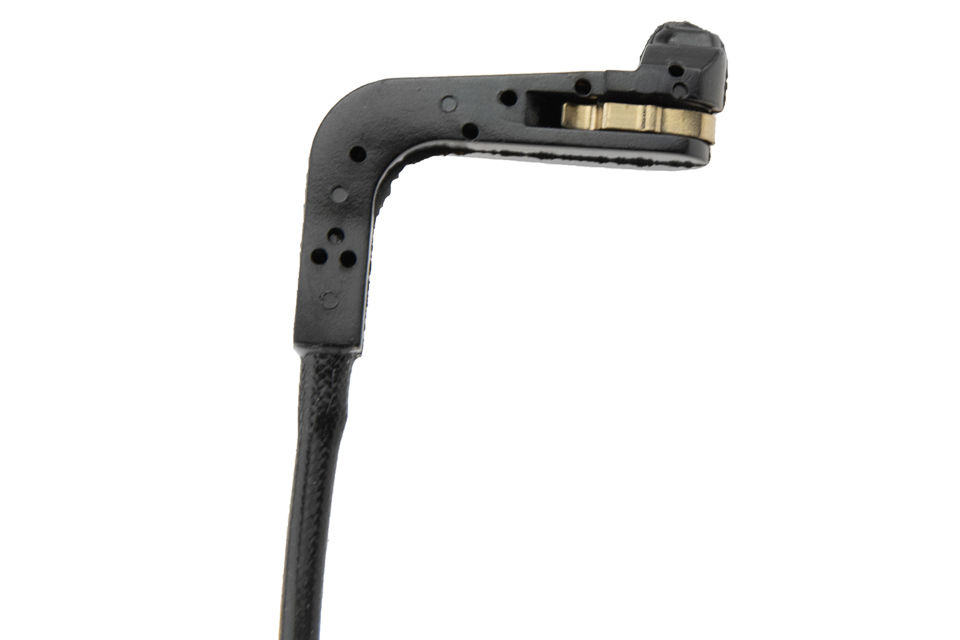Brake Pads Wear Sensors – What They Do and Why They Matter
Brake pads gradually wear down over time, and without a proper warning system, you might not notice until braking performance drops. A brake wear sensor is a small but important part that monitors pad thickness and alerts you when they need replacing.
When the brake pad reaches a set wear level, the sensor triggers a signal to your dashboard, allowing you to arrange maintenance before braking efficiency is compromised. This helps maintain safe stopping distances, protects brake discs from unnecessary damage, and can save on repair costs.
Different vehicles use different types of brake pad wear indicators, so matching the correct part to your car is essential. A well-fitted sensor ensures accurate readings, avoiding false alarms or missed warnings. For many modern vehicles, replacing the sensor whenever brake pads are changed is recommended to maintain reliability.
Choosing the Right Brake Pad Wear Sensor
When selecting a replacement, check your vehicle’s make, model, and year to ensure compatibility. Look for sensors that meet original equipment specifications, as this guarantees the correct fit and function. The brake sensor cable should be durable and resistant to heat, moisture, and road debris, ensuring it continues to work in demanding driving conditions.
If you drive in stop-start traffic, tow heavy loads, or regularly travel in hilly areas, your brake pads will wear faster – and your brake pad wear sensor will be even more important. Keeping this part in good condition helps you stay informed about your brake health and maintain safe driving.


















































